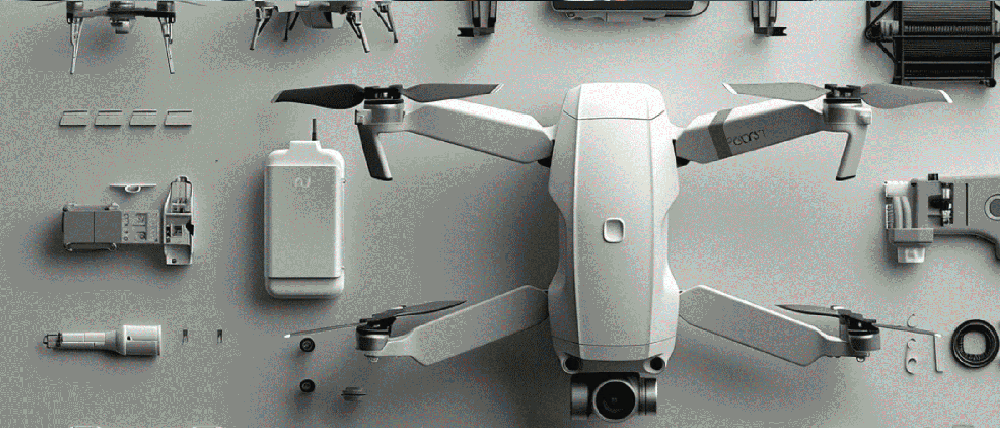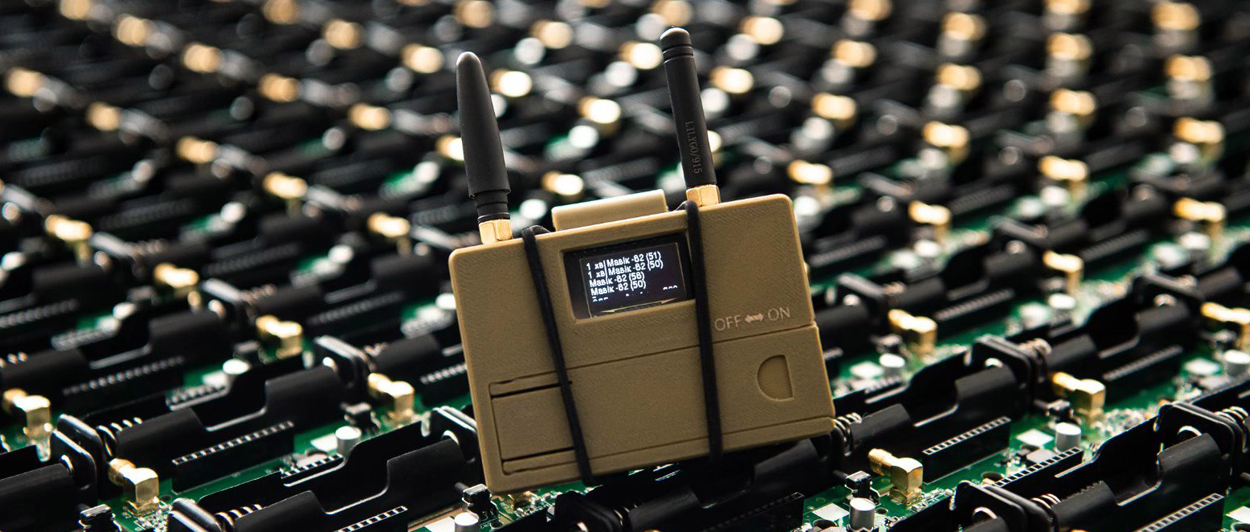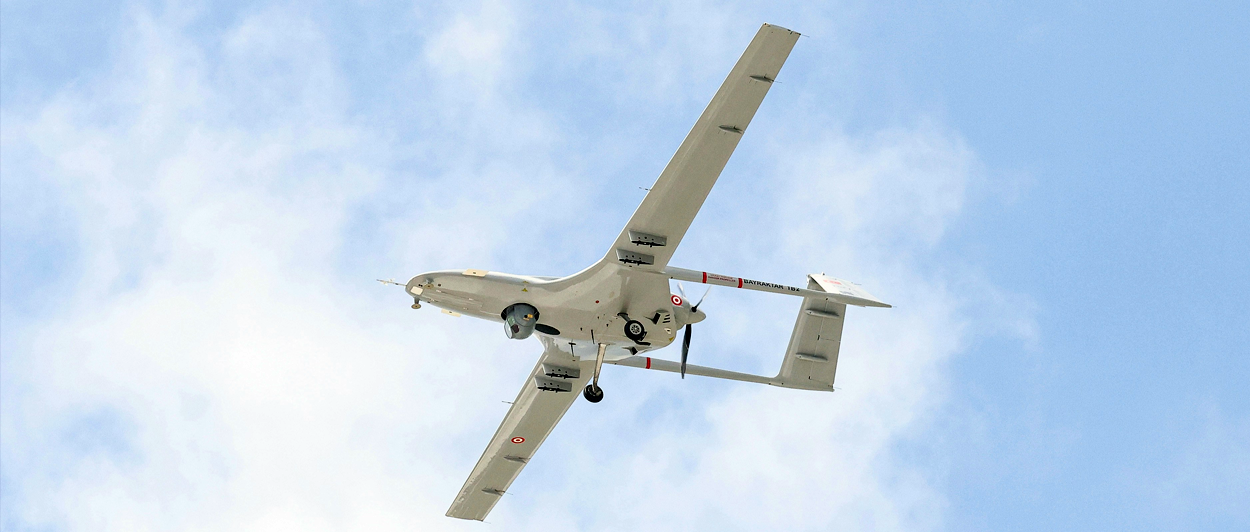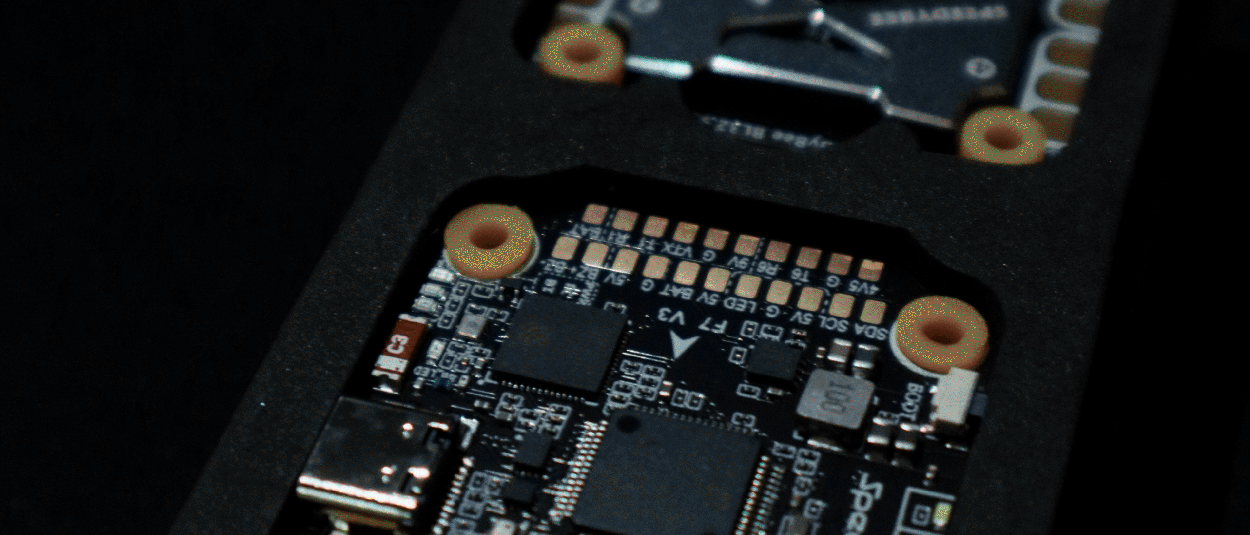
4 Types of Radar UAV Payloads For Mission Edge
Most commercial drones come equipped with ultra HD, CMOS sensor-based cameras offering a crisp picture from the sky. But what if you need to fly at dawn, dusk, night, or through other environments where optics fail? That’s when UAV radar payloads step in.
Radars turn drones into all-weather, all-terrain sensors, capable of spotting threats, mapping terrain, and holding altitude where other systems stumble. Below, we break down four popular UAV radar payload types (each with distinct strengths) for operators looking to give their platform a real mission edge.
Synthetic Aperture Radar (SAR) Payloads
SAR is a weather- or light conditions-agnostic alternative to using high-res cameras for UAV navigation. By analyzing echoes from bounced radar signals, it builds rich two- or three-dimensional images of landscapes, structures, and even hidden-from-view objects. For drones, that translates to extra ‘vision’ powers.
Where optical sensors falter, SAR payloads keep watch over the UAV mission. For example, to assess damage or detect intruders at night, track camouflaged vehicles under foliage, or run UAV surveying missions through thick clouds or fog.
The trade-off? SAR systems are larger, heavier, and need serious on-board processing power (aka not suitable for your average quadcopter). But if your mission calls for wide-area situational awareness in any conditions, SAR is a great choice for larger drones.
Use cases:
- Coastal and border security
- Disaster response and damage assessment
- Camouflage penetration and terrain change detection
- Wide-area military ISR in GPS-denied zones
Pulse-Doppler Radar Payloads
While SAR relies on static imagery, Pulse-Doppler radar leverages movement. It measures tiny shifts in frequency to distinguish moving objects from a static background. For instance, a Pulse-Doppler radar-equipped UAV can detect interceptor drones in contested airspace, spot speeding trucks, or zoom in on small boats against rolling seas.
The big win here is clutter rejection: Pulse-Doppler radars are built to ignore background noise and lock onto moving threats. The downside? They can’t match SAR’s detail for static imaging. But if your priority is tracking what’s moving, Pulse-Doppler is the go-to.
Use cases
- Counter-drone detection and tracking
- Vehicle and aircraft pursuit in contested areas
- Anti-smuggling operations detection
- Real-time battlefield movement monitoring
Altimeter Radar Payloads
Altitude control is critical when you’re flying in dense urban areas, through rugged terrain, or in hostile territories. A few meters too low, and you risk losing your platform. Radar altimeters supply UAV operators with precise distance from the UAV to the ground, even when GPS is jammed or visibility nears zero.
Think of the cases where you need to lend near water, among heavy smoke, or amidst dense buildings. An onboard radar altimeter makes sure it stays at the right height — or touches down smoothly — no matter what the environment throws at it.
Altimeters aren’t foolproof. But as part of a broader payload mix (and with AI sensor fusion applied!), it can be a powerful add-on for safely cruising through difficult, GNSS-denied conditions.
Use cases
- Precision landing in zero-visibility conditions
- Terrain-following flight over rough or mountainous areas
- GNSS-denied or spoofed environment operations
- Flight safety for BVLOS missions
FMCW Radar Payloads
Frequency-modulated continuous-wave (FMCW) radar is the lightest and most compact UAV radar out of the pack. Thanks to digital signal processing, the FMCWs of today far exceed their predecessors in terms of resolution, efficiency, and versatility. Instead of sending radar signals in bursts, it continuously varies frequency to measure both distance and velocity. The result? Exceptional accuracy at close to mid-range.
This makes FMCW a great UAV payload for collision avoidance and navigation in ‘busy’ environments. Think close-to-structure work like power line or wind turbine inspections. The technology can also aid with autonomous navigation in GPS-denied areas where obstacle detection is a must.
Yet, FMCW can’t match SAR or Pulse-Doppler for long-distance detection. But when space and weight are tight, and you need a reliable proximity sensor, it’s hard to beat.
Use cases:
- Obstacle detection and avoidance near infrastructure
- Urban or industrial inspection flights
- Safe operations around power lines, wind farms, or towers
- Autonomous UAV flights, together with other sensors
To Sum Up
Each radar payload brings something different to the table. SAR delivers wide-area mapping in any conditions. Pulse-Doppler specializes in tracking what moves. Altimeter radars keep UAVs steady when GNSS falters. FMCW radars excel at short-range navigation and obstacle avoidance.
The real edge, though, comes from pairing these payloads with a drone navigation system that doesn’t falter under pressure. That’s where Bavovna’s AI Hybrid Navigation Kit comes in. Purpose-built for GNSS-denied missions, it can fuse data from any number of sensors — IMU, radars, LiDAR, and more — to supply your UAV with accurate navigation data. If your goal is uncompromising performance in the toughest conditions, we know how to get you there.



